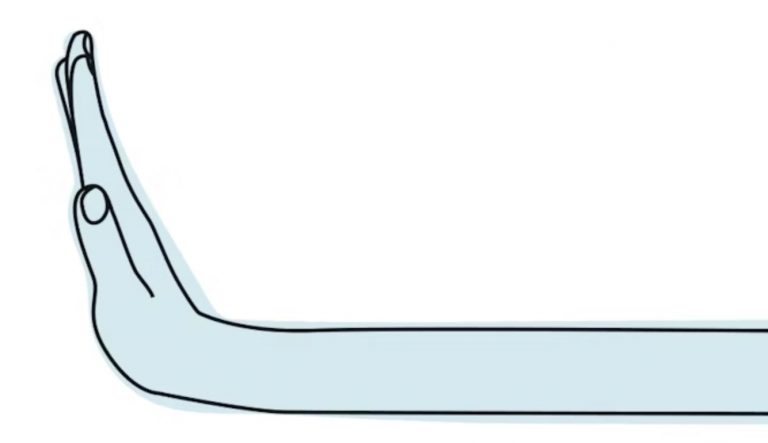Nudges that fail
Nudges that fail
Cass R. Sunstein
Behavioural Public Policy, 2017, 1(1), 4-25. doi:10.1017/bpp.2016.3
Why are some nudges ineffective, or at least less effective than choice architects hope and expect? Focusing primarily on default rules, this essay emphasizes two reasons for this.
The first involves strong antecedent preferences on the part of choosers.
The second involves successful “counternudges”, which persuade people to choose in a way that confounds the efforts of choice architects.
Nudges might also be ineffective, and less effective than expected, for five other reasons:
(1) some nudges produce confusion in the target audience;
(2) some nudges have only short-term effects;
(3) some nudges produce “reactance” (though this appears to be rare);
(4) some nudges are based on an inaccurate (though initially plausible) understanding on the part of choice architects of what kinds of choice architecture will move people in particular contexts; and
(5) some nudges produce compensating behavior, resulting in no net effect.
When a nudge turns out to be insufficiently effective, choice architects have three potential responses:
(1) do nothing;
(2) nudge better (or differently); and
(3) fortify the effects of the nudge, perhaps through counter-counternudges, or perhaps through incentives, mandates, or bans.



